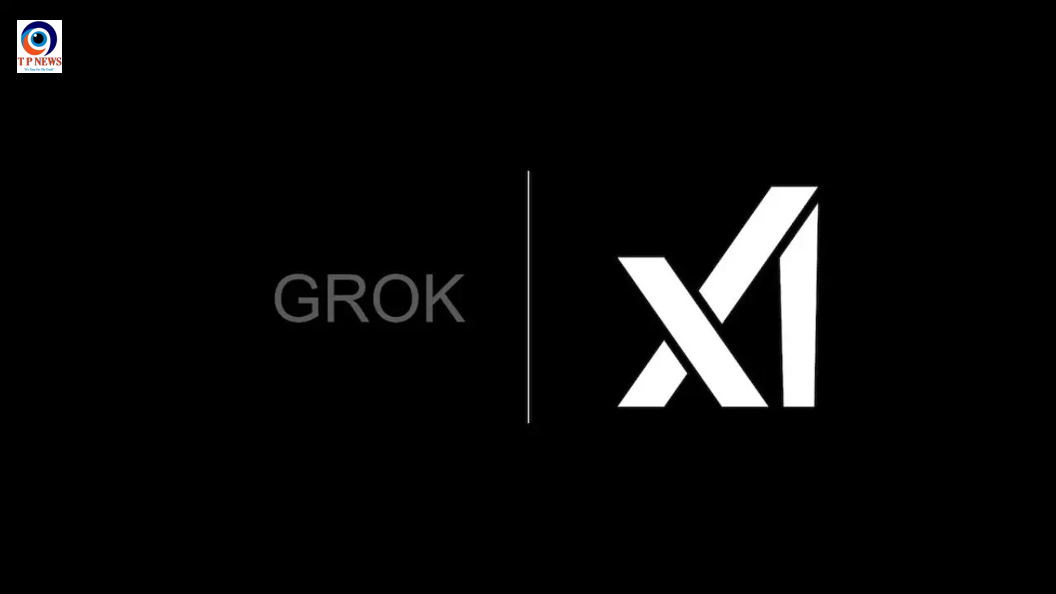In an unforgettable moment at the ‘We, Robot’ event held in California, Tesla’s humanoid robot, Optimus, charmed the audience with its human-like abilities and unexpected humor. From serving drinks and dancing to engaging in casual conversations, Optimus left a lasting impression on attendees. But the highlight of the show came during a fascinating interaction between the robot and a guest that quickly went viral.
“What’s the Hardest Thing About Being a Robot?”
The buzz began when a one-minute video, shared by the user @cb_doge on X (formerly Twitter), captured an intriguing dialogue between Optimus and a guest. The guest, visibly amazed, remarked, “It’s insane. It is even talking,” before asking Optimus the question that stole the show: “What is the hardest thing about being a robot?”
Optimus’ reply was simple yet thought-provoking: “Trying to learn how to be as human as you guys are.” The lighthearted response brought laughter from the guest, while Optimus continued, “And that is something I try harder every day and hope that will help us become better.” The moment, which quickly garnered widespread attention online, illustrated not just the robot’s abilities but also the strides being made in AI’s pursuit of human-like intelligence.
More Than Just a Humanoid: Optimus Shows Its Playful Side
Optimus’ ability to entertain and engage wasn’t limited to casual banter. The robot demonstrated its playful side when Emmanuel Huna, an architect and coder, challenged it to a game of “Rock, Paper, Scissors.” In a video shared on X, the two were seen enjoying a friendly match, adding another layer of amazement to the versatile capabilities of the humanoid.
Elon Musk’s Vision for Optimus: The Robot That Can Do It All
Elon Musk, Tesla’s CEO, introduced Optimus at the event, describing it as more than just a technological marvel—it’s a vision for the future of AI. “It will basically do anything you want,” Musk proclaimed. “It can be a teacher, babysit your kids, walk your dog, mow your lawn, get the groceries, just be your friend, and serve drinks. Whatever you can think of, it will do, and it’s going to be awesome.”
To further showcase its range, a demo video played at the event displayed Optimus performing various tasks such as picking up packages, watering plants, unloading groceries, cleaning kitchen surfaces, and even playing with children. The demonstration highlighted the robot’s potential to assist with everyday chores, making it a truly multifunctional companion.
The Future of Humanoid Robots: Are We Ready for the Age of Optimus?
The ‘We, Robot’ event was not only an exhibition of technological achievement but also a glimpse into a future where humanoid robots might become commonplace in our daily lives. With Optimus showing the ability to not only perform complex tasks but also engage in human-like interactions, the boundaries between AI and human behavior continue to blur.
The viral conversation, where Optimus humorously expressed the challenge of “trying to learn how to be as human as you guys are,” reflects the evolving nature of AI. It also raises the question: as AI strives to mimic human qualities, are we, as a society, prepared for a world where robots are not just tools, but companions, helpers, and maybe even friends?
Tesla’s Optimus is a step towards that future, one where the definition of what it means to be “human-like” continues to expand. As these advancements unfold, Optimus reminds us that the journey towards human-robot harmony is as much about learning from AI as it is about teaching AI to understand us.












